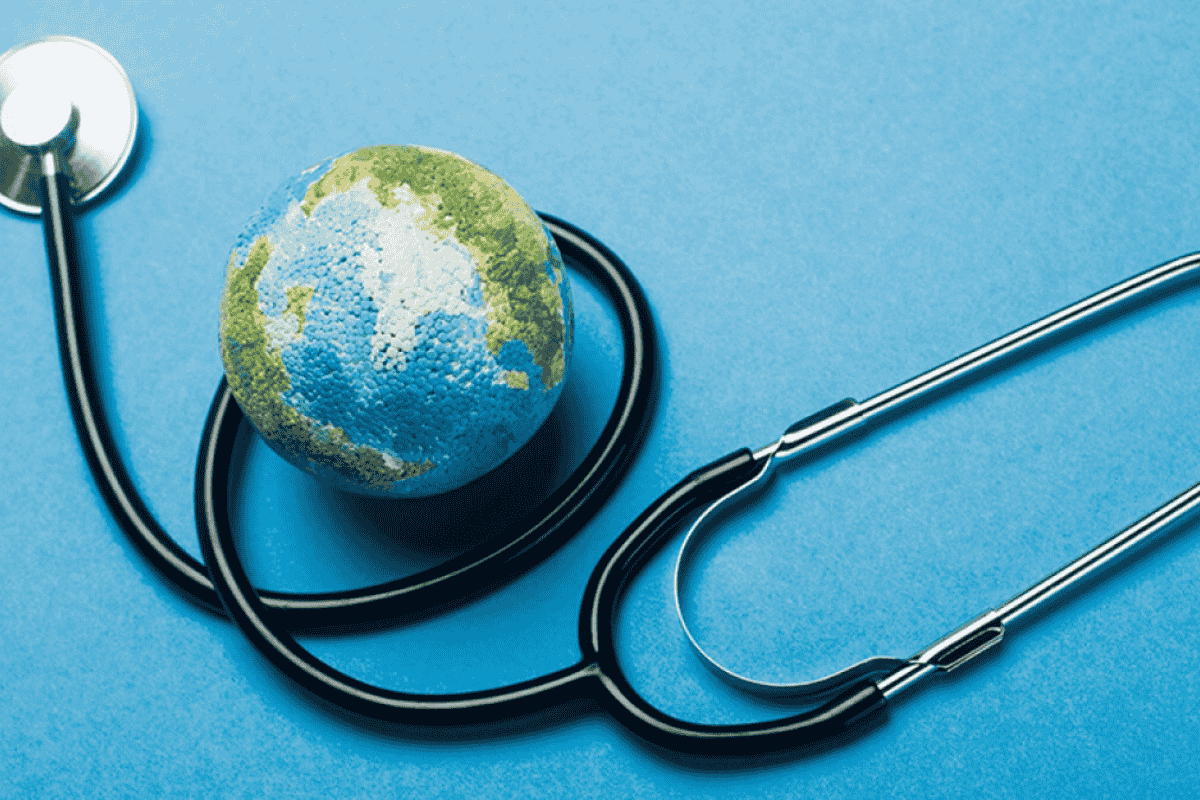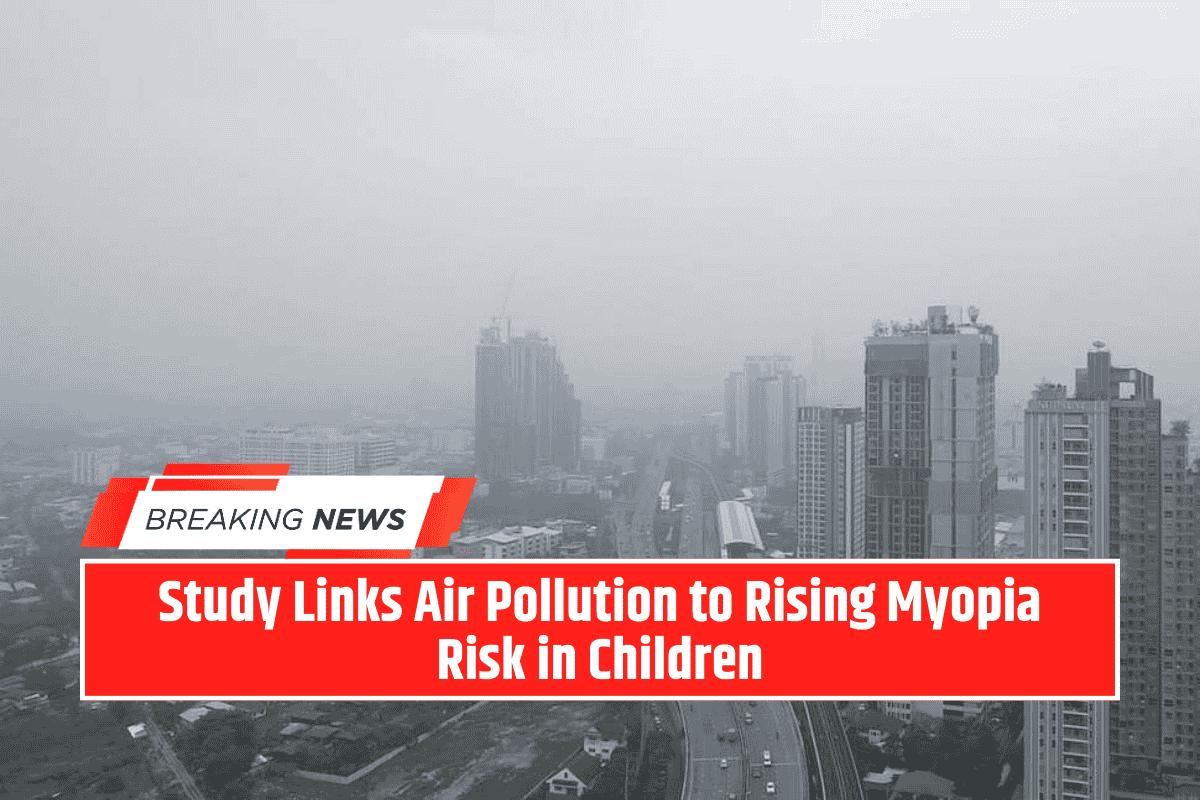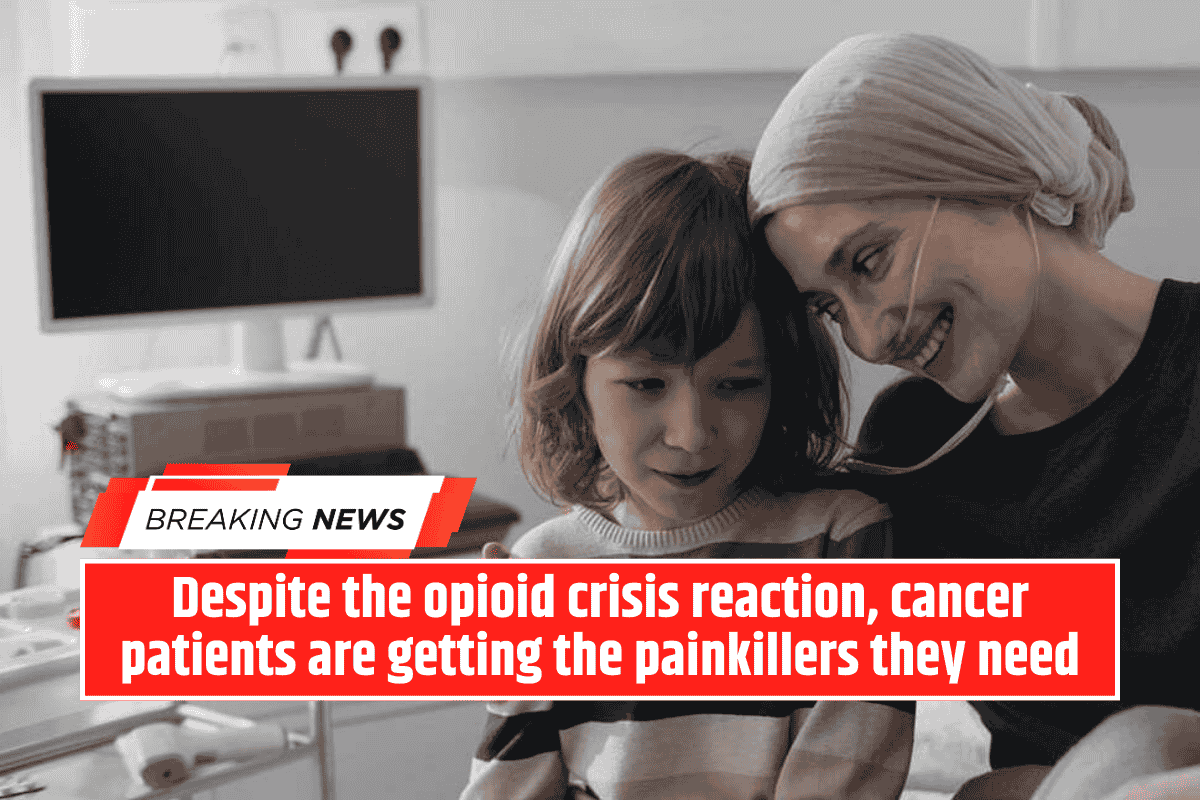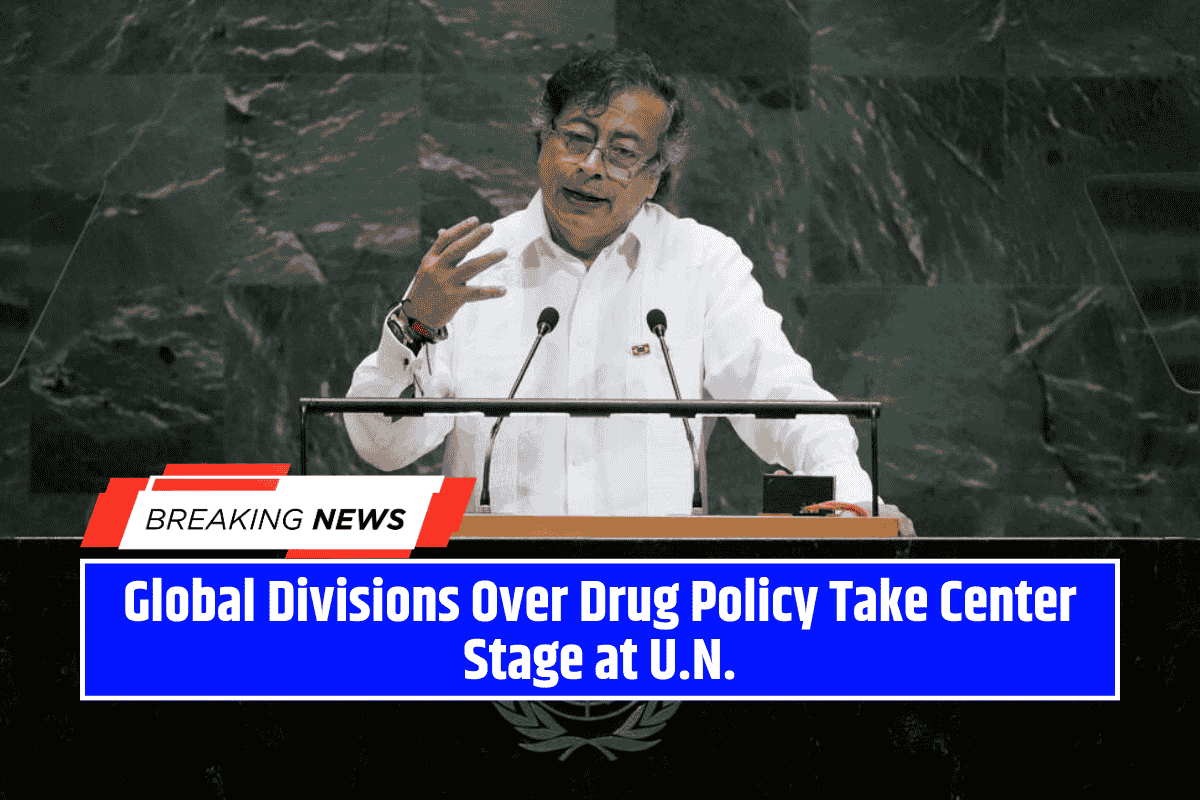The world’s health challenges are becoming more complex every year. As cities grow quickly, climates shift, and diseases spread faster than ever, countries must rethink how they protect public health.
For the United States, this means not only focusing on problems at home—like health inequality and chronic disease—but also actively working with other countries to manage global threats.
From New York to Nairobi, health problems are deeply connected, and U.S. decisions affect lives far beyond its own borders.
Understanding Modern Global Health Challenges
Global health issues today are more linked than ever before. The COVID-19 pandemic proved how fast a local outbreak can become a global emergency. When the virus first spread, New York City became a hotspot in the U.S., with thousands of infections in just a few weeks.
Other global cities like Milan, London, and São Paulo faced similar crises, especially in crowded urban areas.
But it’s not just about infectious diseases. Non-communicable diseases like diabetes, heart problems, and cancer now cause about 70% of deaths worldwide, according to the World Health Organization. In the U.S., cities like Houston and Chicago struggle with high obesity rates, showing a need for better preventive health care.
In fast-growing cities like Mumbai and Nairobi, people are hit by both infectious and chronic diseases—and often don’t have strong health systems to rely on.
Environmental issues also play a big role in public health. Air pollution in places like Beijing and Los Angeles leads to breathing problems. Climate change makes things worse by causing floods, droughts, and rising sea levels.
These events don’t just damage property—they trigger health emergencies, especially in coastal cities like Miami and Manila, where people are at risk of losing homes and clean water.
How U.S. Public Health Policy Works at Home and Abroad
In the U.S., public health efforts are led by agencies like the Centers for Disease Control and Prevention (CDC) and the Department of Health and Human Services (HHS). These organizations focus on things like:
- Promoting vaccinations (e.g., flu shots in cities like Boston and Seattle)
- Tracking disease outbreaks
- Preparing for emergencies like pandemics or natural disasters
Internationally, the U.S. has a big role in helping other countries improve health. For example:
- It funds HIV/AIDS prevention programs in places like Johannesburg
- It supports malaria control in West Africa
- It helps fight polio in cities like Karachi and Kabul
These efforts save lives and build stronger global partnerships. By improving health overseas, the U.S. also protects itself, because diseases don’t stay within borders.
Fighting Health Inequality
One of the toughest challenges is reducing health gaps between rich and poor. In the U.S., life expectancy can vary a lot. A person in San Francisco might live nearly seven years longer than someone in rural Mississippi.
That’s because of differences in income, access to doctors, education, and even clean air and water. In cities like Detroit, infant death rates are much higher than the national average—showing that not everyone gets the same level of care.
Globally, the differences are even more shocking. In Sierra Leone, many women still die during childbirth, while places like Oslo and Tokyo have some of the safest maternity care in the world. U.S. health policy tries to close these gaps by supporting:
- Vaccine programs in low-income countries
- Maternal health care projects
- Partnerships with the World Health Organization and other NGOs
Looking Ahead: The Future of Public Health
To tackle future health risks, U.S. public health policy needs to keep changing with the times. Some key areas of focus include:
- Digital health: Tools like telemedicine are already helping patients in rural Kansas. In countries like Nigeria, mobile apps are used to give health advice and track diseases.
- Climate and health planning: Cities like New Orleans must prepare for stronger hurricanes, while places like Phoenix need to handle rising heat. Health planning must include climate resilience.
- Better pandemic preparation: COVID-19 taught us that the world wasn’t ready. We need stronger global systems to share data, supply medical equipment, and get vaccines to everyone fairly.
By working together with other nations and keeping domestic health systems strong, the U.S. can lead the way in building a safer, healthier world.









